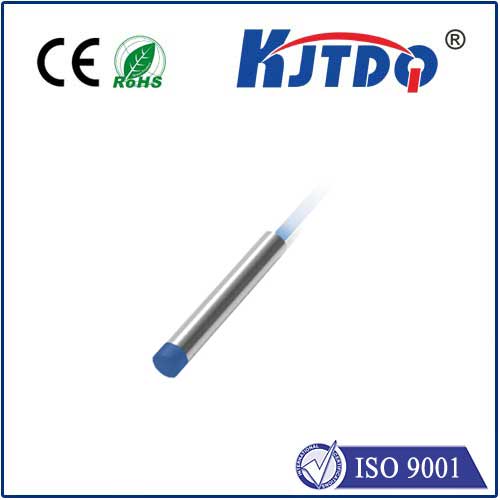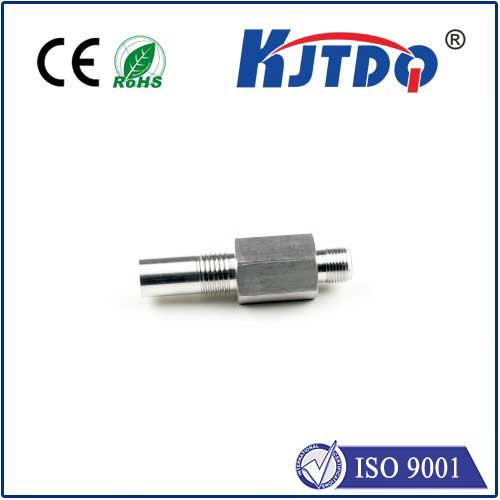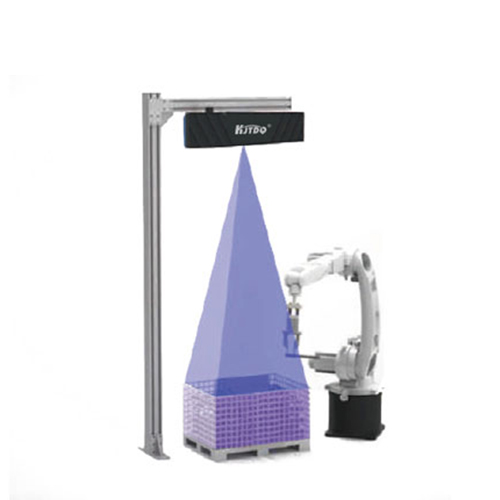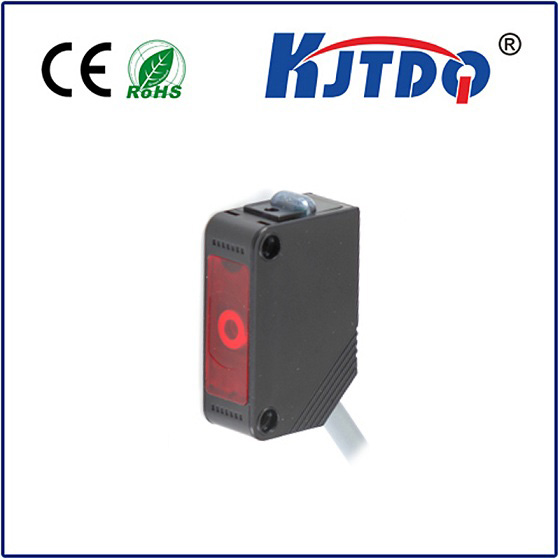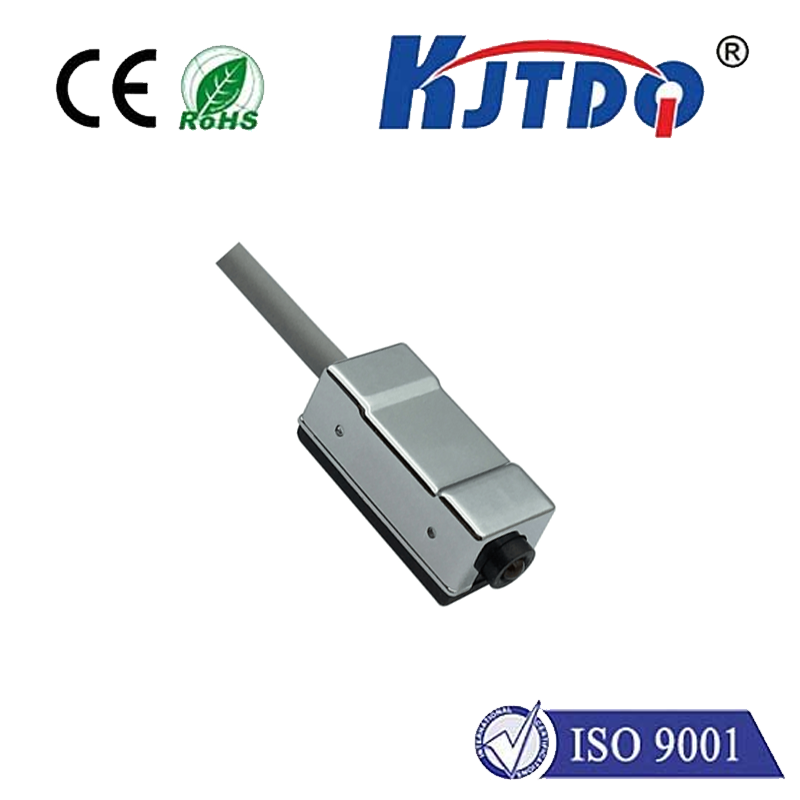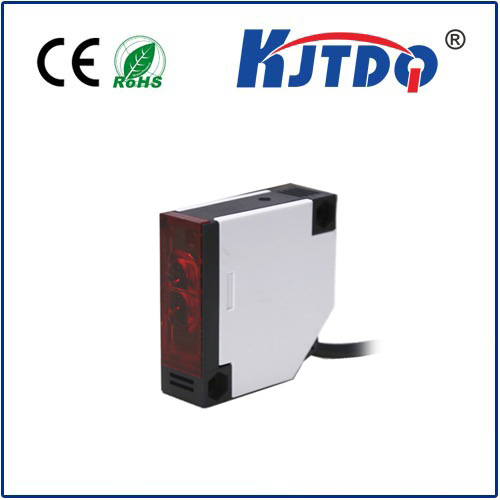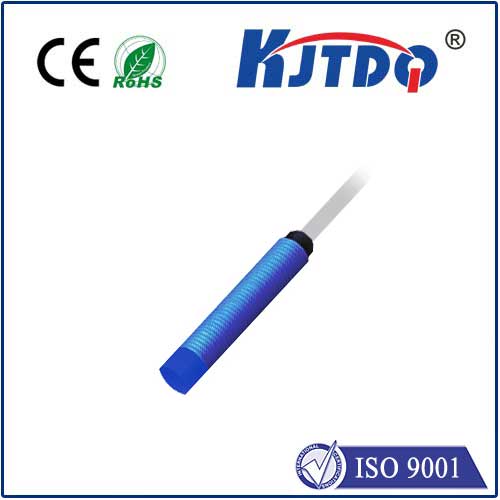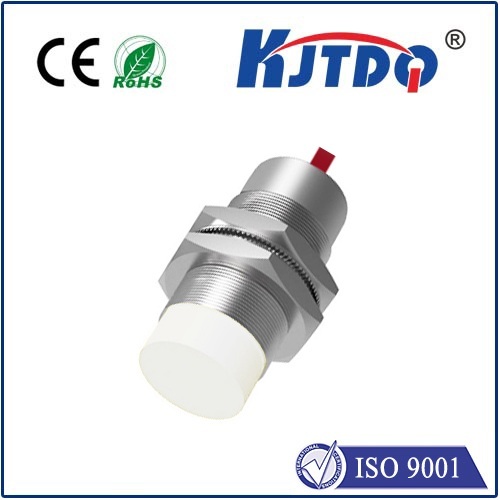

check

check

check

check

check

check

check

check

check

check
The seamless operation of modern machinery often hinges on an invisible, precise interaction: accurately knowing how far one object is from another, all without physical contact. This critical task, central to countless industrial automation, automotive, and manufacturing processes, is expertly handled by inductive proximity sensors. Understanding inductive sensor distance capabilities is fundamental to harnessing their power for reliable detection and measurement. This article dives into the core principles, capabilities, and practical considerations surrounding distance measurement with these versatile workhorses of industrial sensing.
At their heart, inductive proximity sensors exploit the laws of electromagnetic induction. When an electrical current flows through a coil housed within the sensor, it generates an oscillating electromagnetic field around its active face. This field is the sensor’s “sensing zone.” When a conductive target – typically made of metal – enters this field, eddy currents are induced within the target material. These swirling electrical currents create their own opposing magnetic field, which interacts with the sensor’s original field.
The Key to Distance Measurement: Damping This interaction is the magic behind detection. The presence of the target and its eddy currents effectively dampens the energy of the sensor’s oscillating circuit. The closer the target is to the sensor’s face, the stronger the eddy currents generated, and consequently, the greater the damping effect on the sensor’s internal circuit. The sensor’s electronics are meticulously calibrated to detect this change in oscillation amplitude (or sometimes frequency). When this damping exceeds a pre-set threshold – the switching point – the sensor triggers its output signal (ON/OFF), indicating the target’s presence within its nominal sensing range.
This fundamental switching behavior forms the basis of proximity detection. However, the concept of distance manifests in several crucial ways:

Factors Influencing Inductive Sensor Distance Performance:
While seemingly straightforward, achieving optimal and reliable distance measurement relies on understanding and mitigating influencing factors:
Beyond Switching: Distance Measurement with Analog Sensors
While standard inductive sensors excel at proximity detection (ON/OFF), specialized analog inductive sensors take distance measurement a step further. Instead of simply triggering at a threshold, these sensors provide a continuously variable output signal (e.g., 4-20mA, 0-10V, or IO-Link) that is proportional to the distance between the sensor face and the target. This enables precise position monitoring, dimension checking, runout measurement, and thickness control in demanding industrial environments. Their operating principle remains based on the damping effect, but with sophisticated electronics translating the varying oscillation amplitude/frequency into a linear (or defined) analog output.
Selecting the Right Sensor for Precise Distance Control
Choosing the ideal inductive sensor hinges on your specific distance requirements:
Inductive sensor distance capabilities form the bedrock of their widespread success in automation. From ensuring robotic arms position accurately and counting metal parts on fast-moving conveyors to monitoring critical clearances in engines and controlling sheet metal thickness, their robust, non-contact method of gauging separation delivers unparalleled reliability in harsh industrial settings. By mastering the principles of electromagnetic induction, target influence, and key performance factors, engineers can unlock the full potential of these sensors, ensuring machines operate safely, efficiently, and with pinpoint precision.
